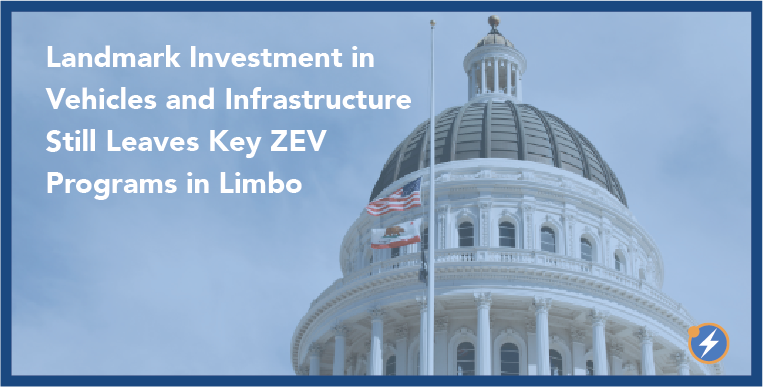
California’s legislative session drew to a close on September 10 this year, uncharacteristically early, and with less fanfare than in years past. In many ways, the session started off like a sequel to the one prior, with economic recovery, energy reliability, and wildfire severity all top of mind. But rather than a sprint, with a crowded field rushing to the tape, the 2021 legislative session was more like a marathon, with fits, starts, and a finish line stretching an additional week, when the tally for the September 14 gubernatorial recall election was finished. The implications of this consequential recall campaign – including raised stakes for the state’s clean energy ambitions – reverberated throughout the Capitol and, in some cases, had a chilling effect on political appetites. But in the end, the advanced energy industry gained major breakthroughs on electric transportation, with some unfinished business, as wildfire concerns dominated the conversation on reliability and resilience.



/SETRI%20blog%20post.png?width=750&name=SETRI%20blog%20post.png)